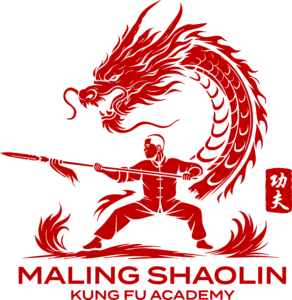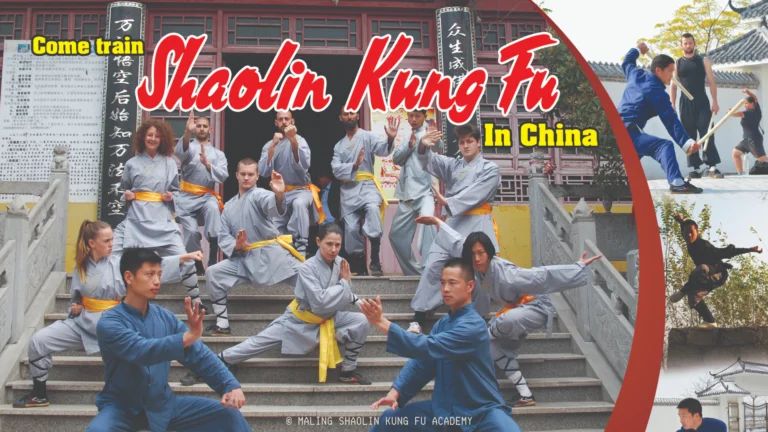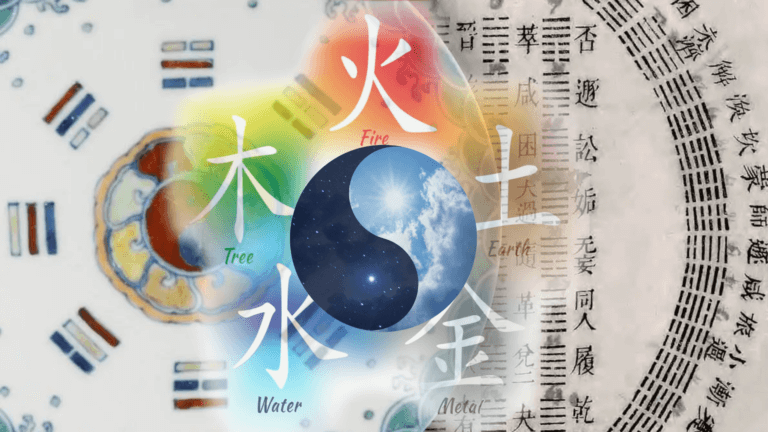
“Naruto” draws inspiration from various martial arts and philosophical traditions, including Chinese kung fu and philosophies, to create a diverse and engaging array of combat styles and beliefs for its characters. Here’s a breakdown of some of the elements of Chinese martial arts incorporated into the series:
Chinese Martial Arts In Naruto
Rock Lee’s Drunken Fist
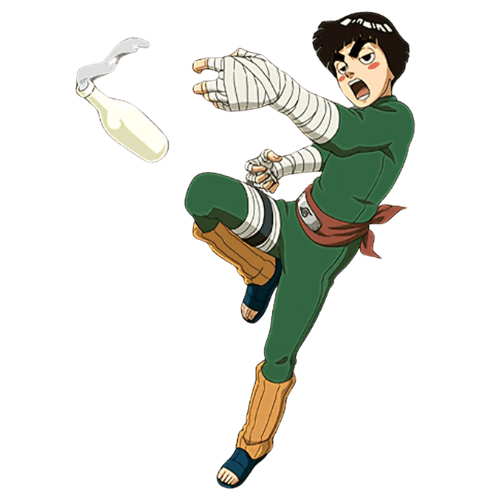
Reference to Zui Quan (Drunken Fist): Rock Lee’s Drunken Fist style is a nod to Zui Quan, a Chinese martial art that imitates the movements of a drunkard. Zui Quan incorporates unpredictable and erratic movements, making it challenging for opponents to predict and counter attacks. Rock Lee’s Drunken Fist is a comical and unexpected addition to his repertoire.
Third Hokage’s Monkey Staff (Enma)
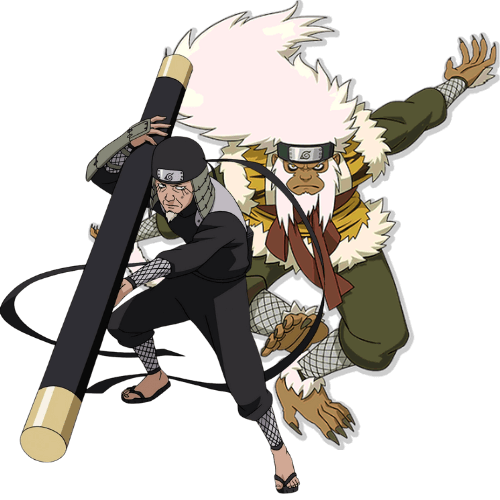
Reference to Monkey Kung Fu (Hou Quan): The Third Hokage’s staff, Enma, is inspired by Monkey Kung Fu, a martial art that imitates the movements of monkeys. Monkey Kung Fu incorporates agility, acrobatics, and unpredictable attacks. Enma’s ability to transform into a staff mirrors the flexibility and adaptability associated with Monkey Kung Fu and is an ode to the magical staff of the immortal monkey Sun Wukong from the Chinese tale Journey to the West.
Might Guy’s Inner Gates

Influence from Qi Gong and Internal Martial Arts: The concept of opening the Eight Inner Gates is reminiscent of Qi Gong and internal martial arts practices in Chinese martial arts. These practices involve cultivating and harnessing internal energy (Qi) to enhance physical abilities. The Eight Inner Gates represent energy points in the body, each unlocking progressively greater power but at the cost of extreme physical strain.
Jiraiya’s Toad Sage Mode: Toad Style

Similarities to Daoist Philosophies: Jiraiya’s Toad Sage Mode draws inspiration from Daoist philosophies, emphasizing harmony with nature and the pursuit of wisdom. The concept of summoning toads and channeling their energy aligns with the idea of connecting with natural forces, a theme found in Daoist practices.
.
Kurama (Nine-Tails) Chakra Mode
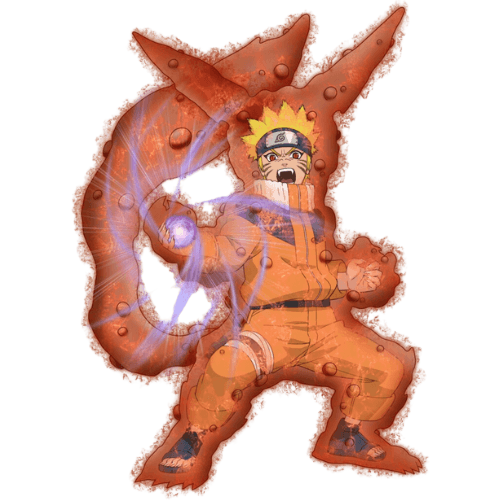
Qi Cultivation Influence: The concept of chakra in “Naruto” has parallels with the Chinese concept of Qi. The cultivation and manipulation of chakra, especially in the case of Naruto’s use of Kurama’s chakra, reflects themes of harnessing internal energy found in various Chinese martial arts practices.
.
Taijutsu Techniques
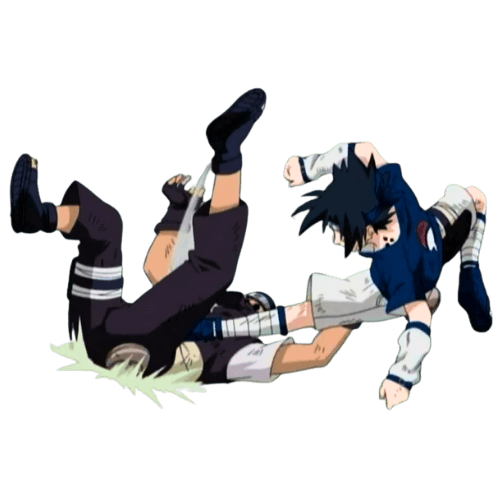
Influence from Kung Fu Styles: Many taijutsu techniques in “Naruto” display influences from various Kung Fu styles. The dynamic and acrobatic movements, as well as the emphasis on hand-to-hand combat, showcase some of the diverse techniques found in Chinese martial arts.
.
Hyuuga Clan’s Gentle Fist

One of the more complex styles, the Gentle Fist style used by Neji Hyuga in “Naruto” bears resemblances to Baguazhang (Eight Trigram Palm), a traditional Chinese martial art. While Gentle Fist is not explicitly modeled after Baguazhang, there are certain thematic and conceptual parallels between the two we will further explore below.
Gentle Fist: Eight Trigrams Palm
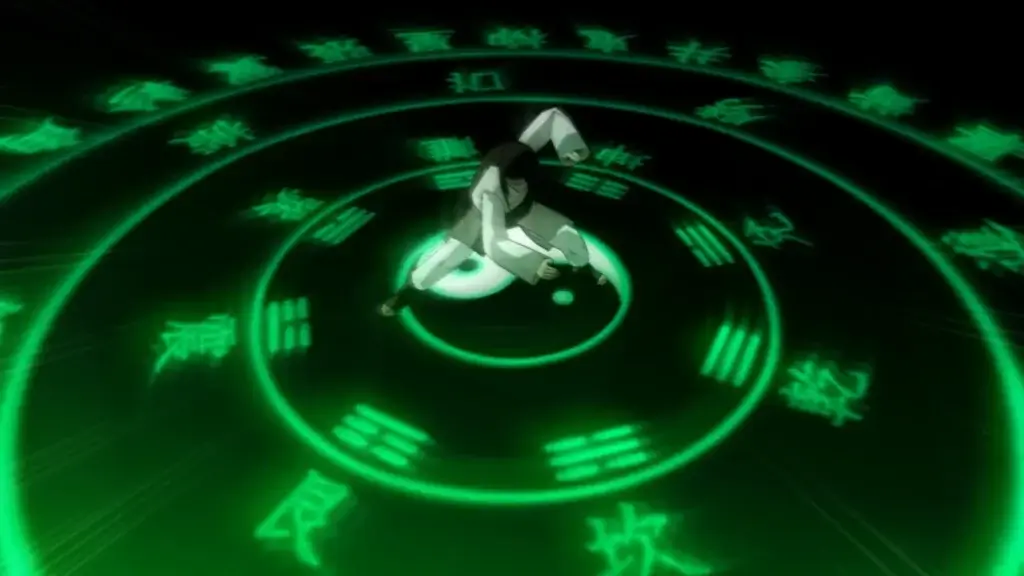
Gentle Fist and Baguazhang
Circular Movements
Baguazhang is known for its circular footwork and continuous, flowing movements. Similarly, the Gentle Fist style incorporates circular strikes and rotations. Neji’s movements, especially when using the Byakugan, share similarities with the circular and evasive techniques seen in Baguazhang.
Palm Strikes
Both Gentle Fist and Baguazhang emphasize the use of palm strikes. Neji’s precise and controlled strikes, often targeting the body’s pressure points, mirror the strategic and focused palm strikes found in Baguazhang.
Energy Manipulation
Baguazhang practitioners focus on the manipulation of energy (Qi) within the body. In Gentle Fist, the Byakugan allows Neji to see the body’s chakra network, and his strikes are aimed at disrupting and blocking the flow of chakra. This concept parallels the emphasis on energy manipulation in Baguazhang.
Close-Quarters Combat
Baguazhang is effective in close-quarters combat, utilizing circular movements to redirect and control the opponent. Neji’s Gentle Fist similarly excels in close combat, with the ability to exploit an opponent’s vulnerabilities by precisely striking their chakra points.
Eight Trigrams Palms Revolving Heaven

Symbolism of the Eight Trigrams
Neji’s signature technique, “Eight Trigrams Palms Revolving Heaven,” directly references Baguazhang (which literally translates to “eight trigram palm“). Baguazhang is often associated with the Eight Trigrams (Bagua), a concept from the I Ching (Book of Changes). Neji’s technique mirrors the circular and revolving nature of Baguazhang’s footwork and movements.
Philosophical Parallels
Balance and Harmony
Both Gentle Fist and Baguazhang emphasize the importance of balance and harmony in combat. Baguazhang philosophy incorporates the idea of adapting to changing circumstances, and Neji’s Gentle Fist reflects a similar adaptability, utilizing precise strikes based on the opponent’s movements.
Defense and Evasion
Circular Defenses
Baguazhang’s circular footwork is used for both offense and defense. Similarly, Neji’s Gentle Fist employs circular movements for evasion and defense, showcasing a strategic approach to avoiding attacks while maintaining the ability to counter.
While Gentle Fist and Baguazhang have similarities, it’s crucial to note that Gentle Fist is a fictional martial art created for the “Naruto” series. The connections between the two serve as thematic inspirations rather than direct representations. The incorporation of elements from real-world martial arts, including Baguazhang, enriches the depth and authenticity of the martial arts portrayed in the series.
The Will of Fire and Chinese Philosophy
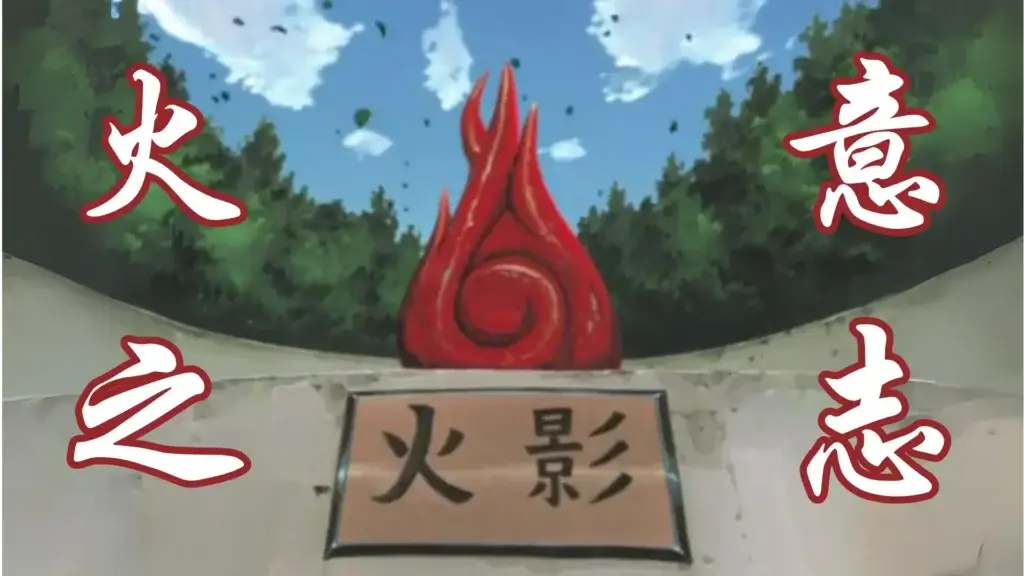
While not necessarily of Chinese origin or inspiration in the series, the concept of Naruto’s “Will of Fire” resonates deeply with various aspects of Chinese philosophy and Kung Fu. This guiding principle in Naruto emphasizes the importance of selflessness, protection of the village, and the perseverance to overcome any adversity for the greater good. Here’s a detailed exploration of how this concept can be understood through the lenses of Chinese philosophy and Kung Fu.
Confucianism
Confucianism, founded by Confucius, places a strong emphasis on the importance of family, social harmony, and moral integrity. The “Will of Fire” mirrors Confucian values in several ways:
- Loyalty and Duty: The shinobi of Konoha exhibit unwavering loyalty to their village, akin to the Confucian virtue of loyalty to one’s family and ruler.
- Filial Piety: Just as Confucianism stresses respect for one’s elders and ancestors, the “Will of Fire” emphasizes respect for previous generations of shinobi and their sacrifices.
- Community and Harmony: The collective wellbeing of Konoha is prioritized over individual desires, reflecting the Confucian ideal of maintaining social harmony and putting the community first.
Daoism (Taoism)
Daoism, founded by Laozi, emphasizes living in harmony with the Dao (the Way), which involves balance, humility, and simplicity:
- Balance and Harmony: The “Will of Fire” seeks to maintain peace and balance within the village and the broader shinobi world, akin to the Daoist pursuit of harmony in life.
- Resilience and Flexibility: Daoism values adaptability and resilience, qualities that shinobi embody as they face various challenges and are forced to sometimes make judgements outside of the ‘rules.’ The perseverance seen in the “Will of Fire” reflects this Daoist principle.
- Natural Order: The cyclical nature of mentorship and passing on the “Will of Fire” to younger generations aligns with Daoist beliefs in the natural order and cycles of life.
Buddhism
Buddhism, with its roots in India and significant influence in China, also provides relevant philosophical parallels:
- Selflessness and Compassion: The self-sacrificing nature of the shinobi, who are willing to lay down their lives for their village, echoes the Buddhist values of selflessness and compassion.
- Perseverance: The relentless pursuit of enlightenment in Buddhism can be compared to the shinobi’s relentless dedication to their village and the ideals of the “Will of Fire.”
The Will of Fire and Kung Fu Philosophy

Kung Fu, beyond being a martial art, embodies a rich philosophical tradition that aligns well with the “Will of Fire.”
Discipline and Training
Kung Fu practitioners undergo rigorous training, emphasizing discipline, perseverance, and continuous self-improvement:
- Perseverance: The “Will of Fire” and shinobi training in general is about enduring hardships and overcoming obstacles, much like the discipline required in Kung Fu training.
- Dedication: Both Kung Fu and the “Will of Fire” demand unwavering dedication to one’s practice and principles.
Master-Disciple Relationship
The relationship between master and disciple in Kung Fu is one of deep respect and the passing of knowledge and values:
- Mentorship: In Naruto, the “Will of Fire” and one’s techniques and philosophies are often passed down from older to younger generations, similar to the transmission of martial arts knowledge and philosophy from Kung Fu masters to their students.
Ethical Conduct
Kung Fu is not just about physical prowess but also about ethical conduct and righteousness:
- Righteousness: The shinobi’s commitment to protecting the village and upholding justice reflects the moral integrity emphasized in Kung Fu.
- Community Protection: Just as Kung Fu was historically used to protect communities, the “Will of Fire” drives shinobi to defend their village at all costs.
Conclusion
While “Naruto” is a work of fiction, its creators, Masashi Kishimoto, drew from various martial arts traditions, including Chinese martial arts, to create a rich and diverse martial arts universe for the characters. The incorporation of these elements adds depth to the combat styles and philosophical aspects within the series.
Naruto’s “Will of Fire” encapsulates values that resonate with Chinese philosophy and Kung Fu, including loyalty, selflessness, perseverance, and community. These principles are reflected in the teachings of Confucianism, Daoism, and Buddhism, as well as in the philosophical underpinnings of Kung Fu. By embodying these ideals, the shinobi of Konoha not only uphold their village’s legacy but also mirror the timeless virtues that have guided Chinese thought and martial arts for centuries.
